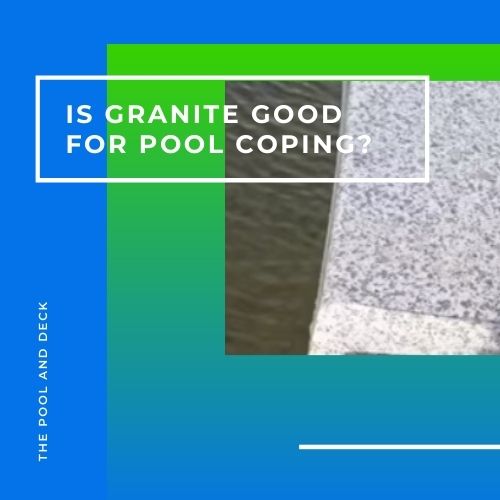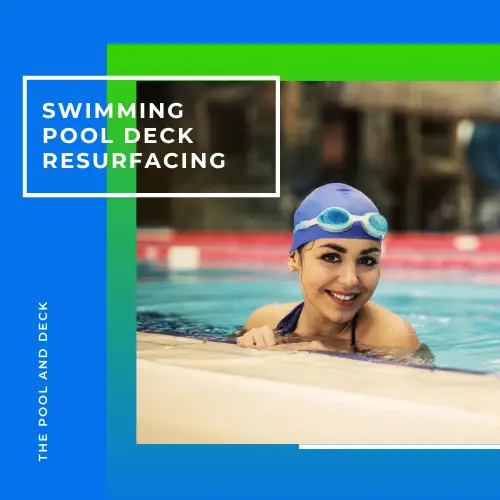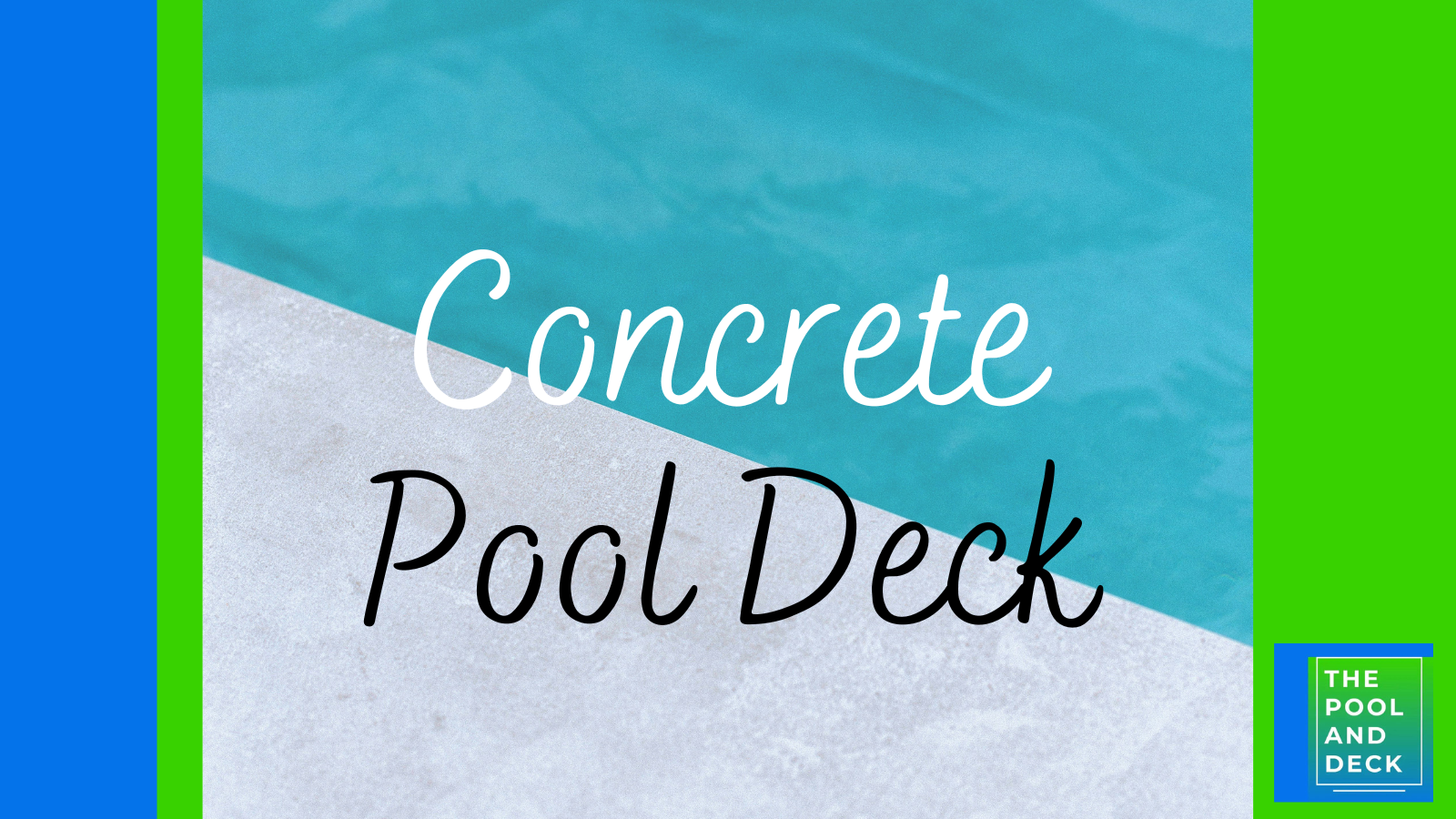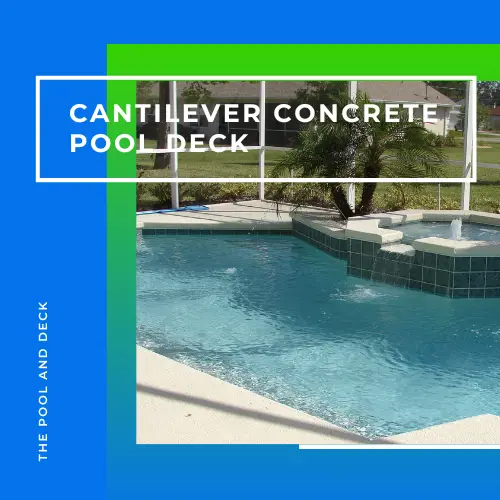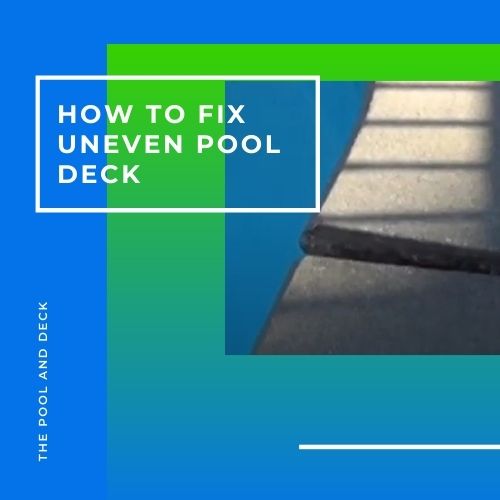Rebar In The Pool Deck: How Important Is It Really?
As an Amazon Associate, I earn from qualifying purchases.
Table of Contents
Do You Put Rebar in the Pool Deck?
So you have decided to go for a poured concrete deck around your pool deck. Great! A concrete pool deck is highly durable and will not break the bank. However, you need to know a few things about a concrete deck before you talk to your pool builder. For example, do you need to put rebar in the pool deck?
For adequate flexural strength and durability a concrete pool deck should be at least 6”, preferably 8” thick. Rebar reinforcement in the pool deck is essential for concrete slab on grade which is 6” or more thick.
Rebar reinforcement is not necessary for a concrete slab on grade which is 4” or less thick. A wire reinforcement or fiber reinforcement will do the job better.
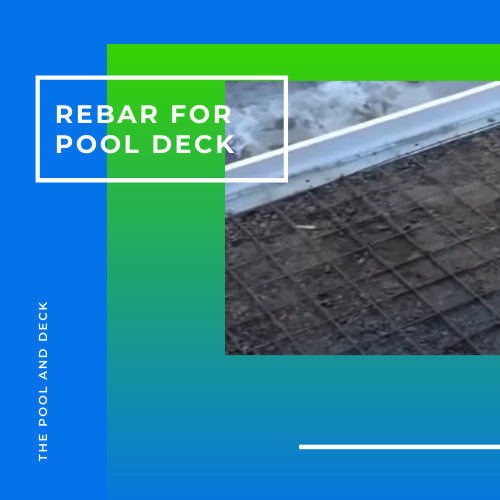
Our understanding of the strength of concrete or any building material is quite simplistic. In structural engineering terms, the strength of a building material has more than one component.
Compressive Strength is the ability of concrete to withstand a load that is pressing into the concrete, usually from above. This is quite meaningful, say in a garage floor or a driveway, where you have cars and other stuff sitting on the concrete slab.
Tensile Strength, on the other hand, is the ability of concrete to resist breaking or cracking under tension. In simpler words, high tensile strength is flexibility and low tensile strength is brittleness.
Concrete with a compressive strength of 4000 psi may have tensile strength of just 400 psi.
Rebar or any other type of reinforcement in concrete slabs on grade are required mainly to handle the flexural or tensile stresses caused by uneven shifting of the grade below.
The tensile stress on the concrete pool deck is much higher than say a garage concrete floor because of
- Larger area (more length & width)
- Higher possibility of soil movement below the slab
This is why concrete pool decks need to be thicker and you must have rebar reinforcement in the pool deck.
What Happens If You Don’t Put Rebar in Concrete?
20’X40’ is considered a good size inground swimming pool in the US. The length of a pool deck for a pool which is 40’ long will be 60’ or more. The entire deck area will likely be 1600 square feet. Actually pool decks of around 1000 square feet are quite the norm.
The compressive stress on the pool deck is not too high and that is not a cause of concern. However, the tensile stress on the concrete pool deck can be significant due to high length & width.
The grade on which a concrete deck around an inground pool sits is not even natural soil. To construct an inground pool, the contractor starts off by digging a big hole, bigger than the pool for sure. Once the pool is constructed, the remaining part of the hole is filled up. This is the pool backfill.
The pool backfill forms the base for some if not all of the poured concrete pool deck. You can expect a fair amount of soil settling and high tensile stresses on the concrete pool deck.
A concrete pool deck can also undergo a fair amount of expansion and contraction during the course of the year. It is possible for outdoor concrete slabs to hit 130 – 140 degrees in summer and 30 – 40 degrees in winter. That’s a swing of 100 degrees.
Without rebar reinforcement a concrete pool deck is more likely to crack and become uneven due to the tensile stresses from soil movement and thermal expansion & contraction.
To fix an uneven concrete pool deck and depending on the extent of the problem you will need to Resurface, Mud Jack, Foam Lift or Replace.
How Thick Should Concrete Be on a Pool Deck?
The thickness of the concrete of a pool deck depends primarily on two factors
- Area (especially the length)
- Soil condition
For a small deck, say 400 square feet or less, on a strong subgrade and well compacted base, a 4” thick concrete slab will do fine. For good measure you can reinforce it with wire mesh or fibers. You should not use rebar reinforcement in a 4” thick concrete.
… concrete isn’t that strong in tension, and since half of bending is tension, it’s not that strong in bending. What makes it stronger in bending, though, is a thicker slab.
Concrete Network
Most pool decks will be bigger than 400 square feet and on a pool backfill. The higher length & uneven soil settlement will put a large flexural stress and may cause the concrete to crack.
A thickness of 4” will not be enough to provide the required tensile strength. And you can not even put rebars in a concrete slab that is only 4” thick.
For adequate strength, the concrete of a pool deck should be at least 6” thick. You can even go up to 8” for long pool decks. Of course to ensure sufficient concrete flexibility and to minimize the chance of cracks, you must put rebar in the pool deck.
How Do I Calculate How Much Rebar I Need?
The rebars need to be laid out above the final compacted base in a grid. There is no thumb rule for what the spacing between rebars should be. Most structural engineers like to keep the spacing at 1X to 3X of the slab thickness.
Using this guideline the spacing between rebars, in a 6” thick concrete slab, could be between 6” to 18”. A spacing of just 6” would not only be an overkill, it would be impractical too! A spacing of 12” would be ideal as it will allow the workers to avoid stepping on the rebar grid.
Another guideline is to keep the last rebar, on each end, 3” away from the edge.
Of course you don’t have to worry about the calculation as there are plenty of online “rebar calculator” tools available. I especially like the one by BLOCK LAYER. It is very comprehensive and gives you a lot more information than other tools.
Thank you very much for reading the post. I do hope you found it informative and helpful.


